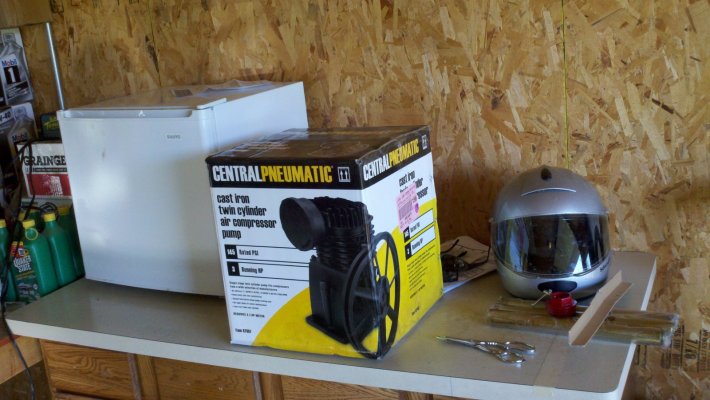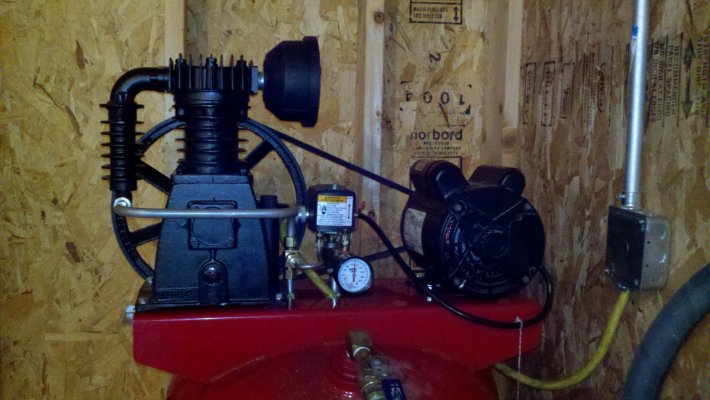Telly
Thinks s/he gets paid by the post
- Joined
- Feb 22, 2003
- Messages
- 2,395
I have replaced the toilet float valves in my home over the years, and all of them are now of the following type, which is superior.
I too have the Fluid Master 400A fill valve on all toilets now. Long enough to see what kind of problems THEY can develop over time.
On one, the bowl didn't fill completely, though tank water level was fine. The metal clip that you use to attach and position the refill hose over the tank's overflow drain pipe had broken out the side of the overflow pipe, in the shape of the clip, and the refill hose was just aiming into the tank. I see they have changed the hardware for that now, probably for that reason. A new-design clip positioned further around the tube solved that.
The second problem was hard to find. A tank would not reliably fill completely, the water would suddenly turn off with the sliding float too low. But everything, including the rubber valve diaphragm, looked fine. Finally found it, the diaphragm had an extremely tiny tear in it that would show up in a fold only if you flexed it jusssst right. A new diaphragm of course fixed it. It took a lot of postulating and figuring to see how that fill valve actually works. The hydraulic concepts are much more involved that the simple plunger-pushes-down-on-seal,-stopping-water-flow of the old lever-arm type of fill valves. The 400A fluidics are ingenious, using spool valving of dissimilar cross-section dynamic cylinders. Water goes on BOTH sides of the diaphragm for it to work, but only at the proper time/position or else it doesn't. And even an extremely tiny tear means it doesn't.
But they are still more trouble-free over time than the old lever-arm type, at least in our use. We have a higher Chlorine content in our water, that used to soften/compress the simple seal in the old lever-arm type, requiring re-adjusting the lever bias screw on ones that had it, or bending the rod on ones that didn't in order to at least get some reasonable life out of the seal before having to replace it again. And even then, I was replacing seals or replacing the top of the assembly too often.




